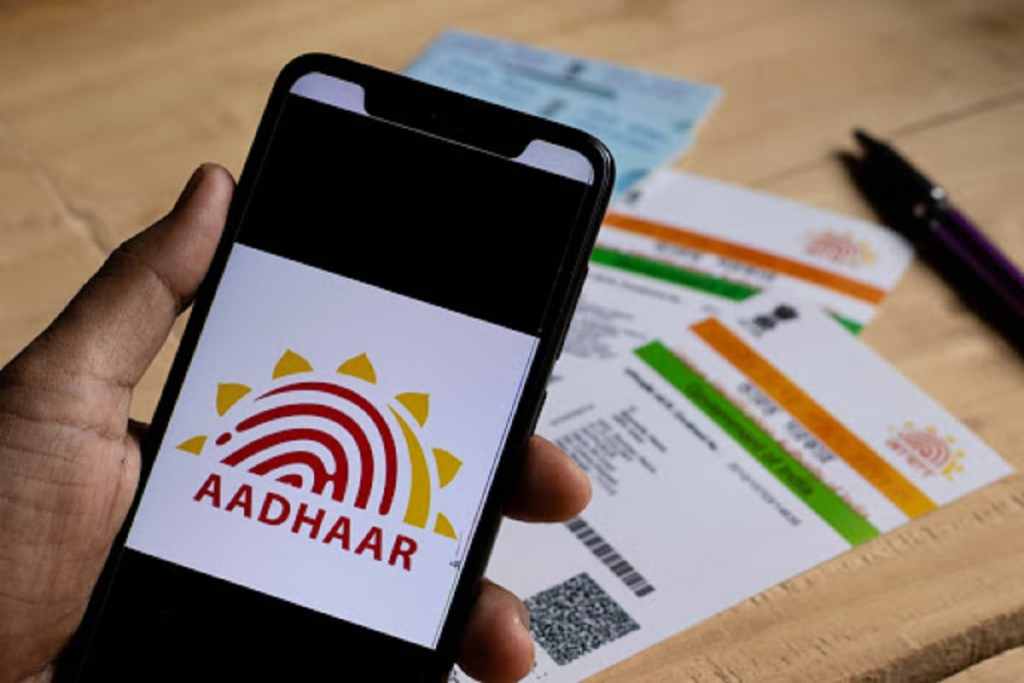UIDAI introduces QR code-based system for more secure digital document verification

The Unique Identification Authority of India (UIDAI) is introducing a major update to the Aadhaar digital ID system where a QR code build in a new app will streamline the digital ID verification process.
According to the ID authority, the revamp will eliminate the need for physical Aadhaar cards or photocopies presented for identity document verification, Times of India report.
The new system, to be launched soon, will bring added security to the way Aadhaar users share their identity documents for verification either completely or in a partially obscured format. It will equally help reduce the presentation of fraudulent or forged personal document for Aadhaar enrolment.
As part of the update, the UIDAI has also announced plans to introduce a new system by the end of the year whereby Aadhaar users will be able to update their biographic information on their digital ID without having to visit any Aadhaar office.
The novelty, the authority says, is to simplify ID management processes as they plan to create a scenario where Aadhaar users will have the possibility of completing every Aadhaar-related transaction at home except for biometrics capture.
UIDAI Chief Executive Officer, Bhuvnesh Kumar, is quoted as explaining that the newly developed app is also being piloted with 2,000 machines connected to it, and talks are ongoing for the system to be used for things like utility bill payments, hotel check-ins, and ID verification for rail transportation, just to mention a few.
UIDAI also plans, in collaboration with state governments, to integrate the system with property registration processes to curb the high level of fraud in the sector.
Discussions are also ongoing with some exam boards in the country for the update of biometric data of school children, while UIDAI is also working with other organizations to extend the use of the Aadhaar digital ID for their services.
Aadhaar authentications keep surging
This comes as UIDAI also announced record numbers of Aadhaar authentications during the month of May, reporting more than 211 crore (2.1 billion) transactions completed. This is far more than the figure reported in the month prior, as the authentications continue to surge.
For face authentications, the progress continues with 15.43 crore (154.3 million) transactions successfully completed in the course of the month.
The government says the May figures bring the total number of Aadhaar authentications since its launch in 2009 to over 15,223 crore (152 billion+), which “highlights the extensive usage and utility of Aadhaar, and the growth of digital economy in the country.”
QR codes growth trend
The QR code system to be introduced by UIDAI aligns with a growing penchant for visible digital seals (VDS), thanks in part to their cost-effectiveness, accessibility and ease of use.
VDS are cryptographically signed data files built into in bar codes and commonly used for travel documents, visitor and conference badges, vaccination certificates, as well as other official records that need verification.
A few days ago, healthcare credentialing firm Incredable announced the launch of a QR-based credentialing identification card, an upgrade to its Provider App which allows healthcare organizations to access a provider’s verified credentials promptly.
In the announcement, the firm says every provider using their app now has a Digital Credentials ID – a secure, verifiable digital ID card – that includes a unique QR code which can be used on a mobile phone, printed as a physical badge and worn, or instantly shared with administrators, staff or patients.
The system is meant to work in emergency situations and high-pressure moments such as during disasters.
Alexander C. Candelario, chairman and CEO of Intiva Group, the parent company of Incredable, said “this new QR feature eliminates the friction that’s too often present in healthcare credentialing.”
The use of QR codes is also seen as a key element of inclusive digital ID systems.
Article Topics
Aadhaar | biometric authentication | biometrics | digital identity | document verification | India | QR code | UIDAI







Comments